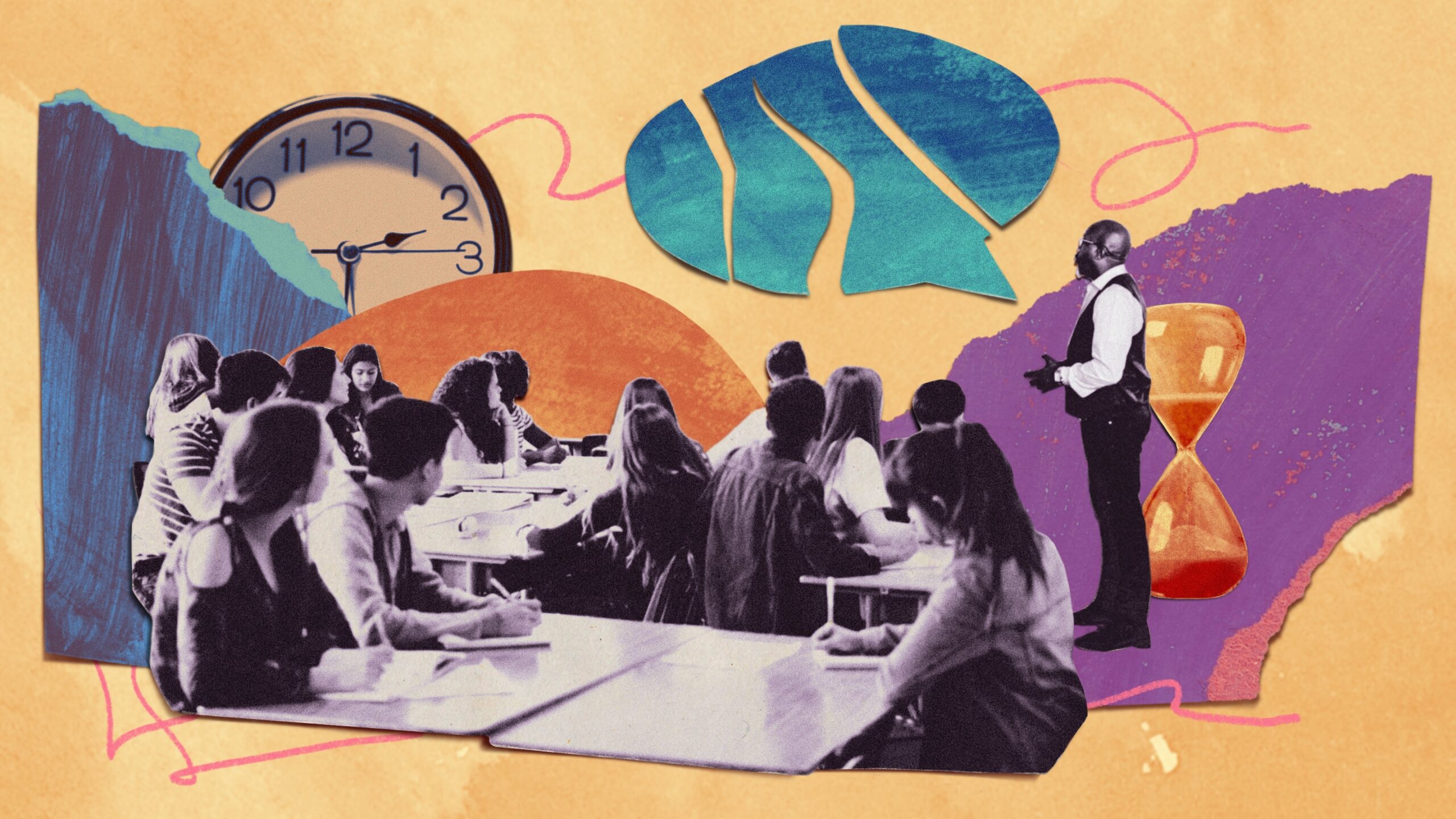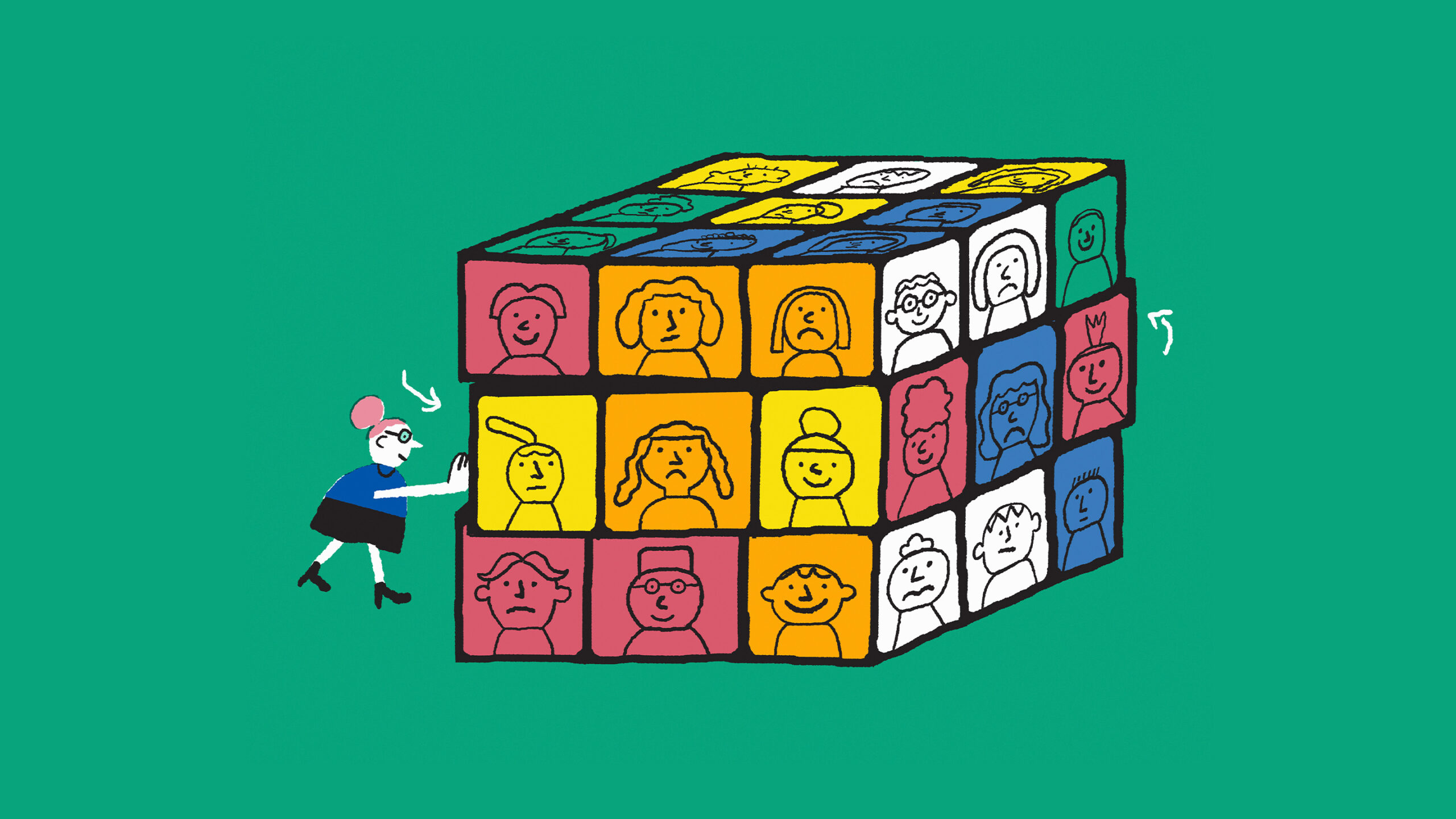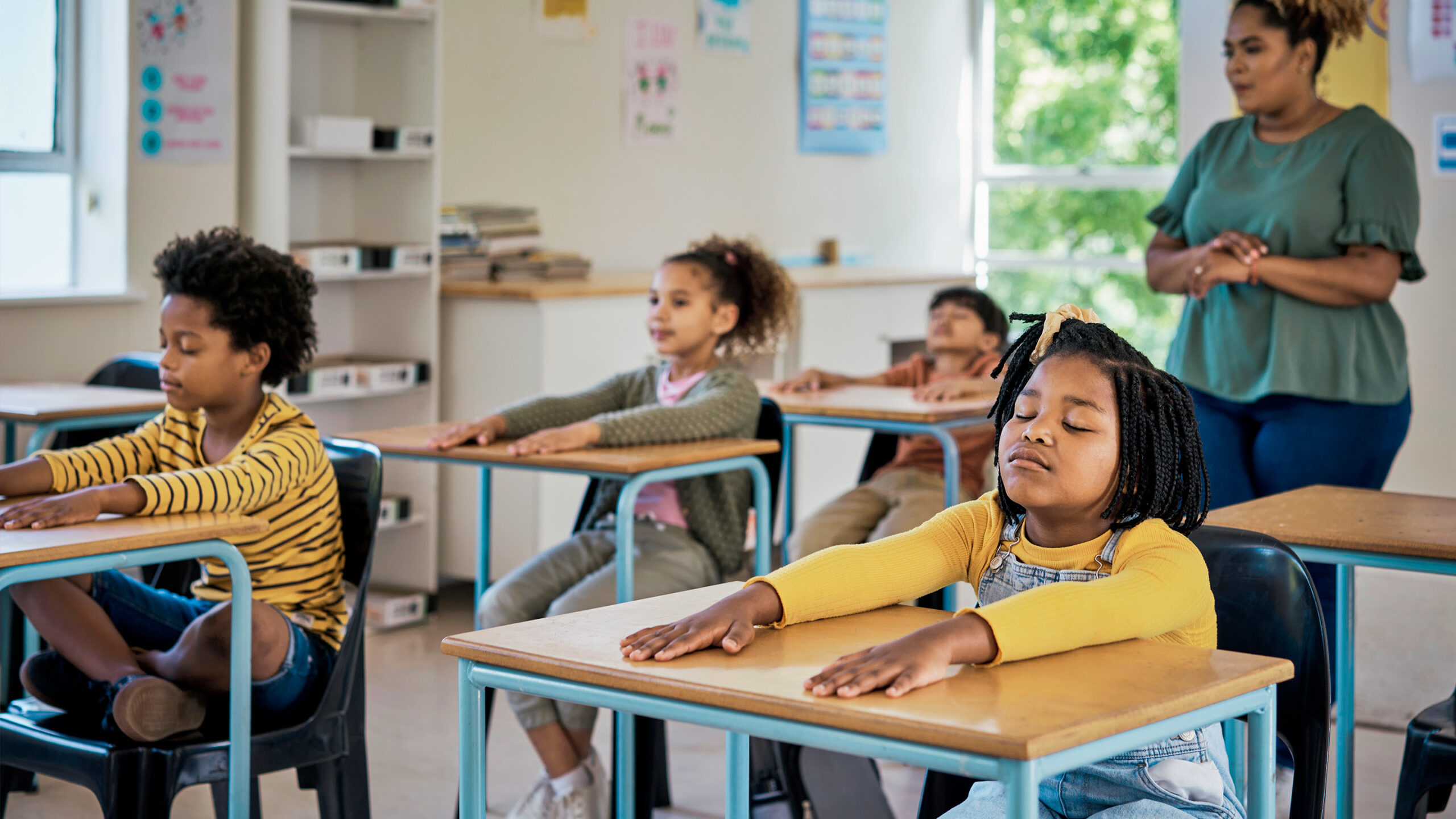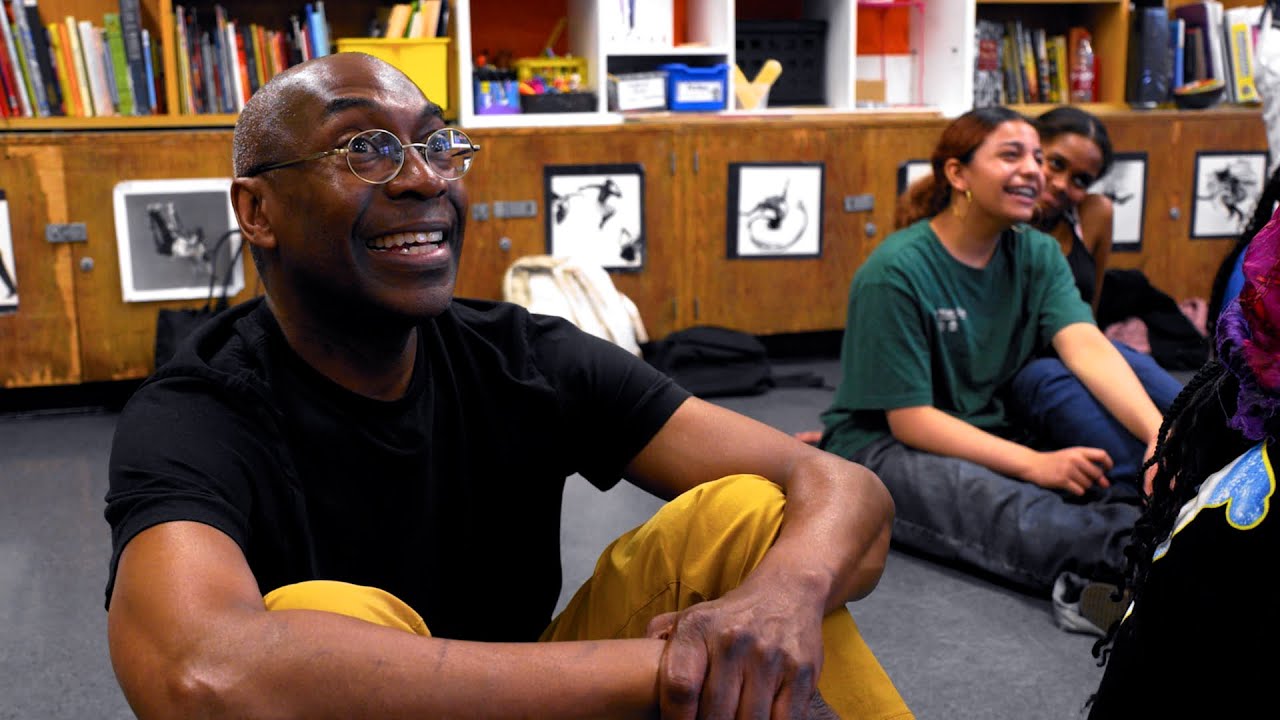
6 Evaluation-Backed Strategies to Break up Your Lectures
[ad_1]
For many who’re talking in entrance of the class for a protracted stretch of time, don’t be shocked if school college students drop like flies. “It is not uncommon for a third to correctly over half of the students attending a lecture to ideas wander and with rising frequency as a result of the lecture progresses,” in step with a 2020 look at.
However lectures are generally compulsory. Lecturers have a complete lot of supplies to cowl, and particular instruction stays a number of the setting pleasant strategies for school college students to review foundational talents and concepts. In a sprawling 2023 evaluation, researchers concluded that youngsters change information to new domains further efficiently “when instruction by which school college students are explicitly taught the required prior information precedes energetic finding out methods.”
The problem with prolonged lectures isn’t restricted to varsity college students who’re merely distracted. Even most likely probably the most centered school college students have limits to the cognitive property at their disposal, they often can keep deep focus for intervals which may be as transient as 10 minutes. “As quickly as cognitive functionality has been reached, the ability to deal with consideration and course of latest data is hindered,” researchers make clear in a 2021 look at. To counter this, teachers must design and ship lectures “in smaller, further manageable chunks,” which has the “advantage of decreasing cognitive load and facilitating sustained consideration.”
It’s moreover helpful to mix modalities. In a 2024 look at, researchers in distinction a protracted lecture block adopted by energetic finding out actions—small group work and pop quizzes, as an example—with an methodology that interspersed the two approaches. They found that school college students realized most likely probably the most when fast lectures have been punctuated by three-minute energetic finding out actions. Whereas important for setting up foundational information, listening to a lecture may also be passive and “leads to low cognitive train,” the researchers make clear.
Listed below are six research-based actions—generally taking not than a few minutes—to interrupt up your lectures and promote greater finding out.
1. COLLABORATIVE NOTE-TAKING
Kids generally take notes all through lectures with out a complete lot of oversight or revision, an methodology that’s easy to go away on autopilot.
Nonetheless in step with a 2023 look at, school college students’ notes are “often low top quality and incomplete,” capturing about 46 p.c of the precept ideas and supporting particulars in a lecture. Incomplete notes can severely undercut pupil effectivity on later checks, the researchers stage out.
Chances are you’ll kill two birds with one stone—shifting gears and enhancing note-taking talents on the similar time—by setting up collaborative note-taking breaks into your lecture. In a 2016 look at, lectures that contained quite a lot of fast pauses—options for school college students to catch up, evaluation their notes, and add any data they missed—have been extra sensible than regular lectures, leading to a 6 proportion stage enhance in factual recall and a 17-point improve in higher-level, associative finding out. Crucially, school college students who’ve been paired with a companion moreover extended their finding out, recording “further distinctive notes than these revising alone,” the researchers concluded.
Joshua LaFleur, a literacy instruction coach, doesn’t want his school college students to jot down notes all through a lecture—“typical note-taking leads to a lesson that washes over school college students as they transcribe lectures with out processing data,” he explains. In its place, he creates a finding out parking zone on the whiteboard and gives key themes and large ideas in the midst of the lesson. He’ll then periodically ask school college students to kind small groups and “discuss, draw, and write key concepts, shifting from superficial to deep understanding.”
Explicit education coach Rachel Jorgensen makes use of devices like Google Docs, Make clear Each half, and Lucidchart to permit real-time collaborative note-taking, which can “enhance possession and empower school college students to take part in meaning-making throughout the classroom.”
2. MOVEMENT BREAKS
Getting kids shifting isn’t practically burning power—there are cognitive benefits as correctly, evaluation suggests.
“Cardiovascular well being is said to will improve in cerebral blood transfer, neurotransmitter ranges, basal ganglia and hippocampus amount, and transportation of oxygen and glucose to the thoughts, some or all of which may contribute to raised cognitive effectivity and finding out outcomes,” researchers make clear in a 2024 look at.
Simple actions may very well be carried out the least bit grade ranges. Elementary school school college students who participated briefly prepare breaks—squats, leaping jacks, and working in place—have been 10 p.c further susceptible to be on-task for the rest of the varsity day, with school college students being further “attentive, following instructions, and inhibiting inappropriate actions,” in step with a 2023 look at.
Older school college students revenue as correctly, notably for prolonged lectures: When school school college students spent 5 to 10 minutes all through a two-hour lecture doing transient exercises, they expert “enhancements in focus and software along with enhanced rapport between school college students and tutors and elevated camaraderie between school college students,” a 2021 look at found. The students moreover expert psychological benefits—they spoke up further and felt “a lot much less apprehensive about making errors.” You don’t need to deploy an prepare program; simple actions like strolling throughout the room, stretching legs and arms, and leaping jacks will get cerebral blood flowing.
3. POP QUIZZES
Punctuating a lecture with transient, low-stakes pop quizzes not solely encodes supplies further deeply however as well as offers “incentives for school college students to attend further fastidiously to supplies talked about at school,” in step with a 2023 look at—making pop quizzes extraordinarily environment friendly “engagement actions which may be seamlessly built-in all through class with minimal disruption to class transfer.”
Inside the look at, school college students who took frequent pop quizzes scored 13 p.c elevated—virtually a full letter grade—and carried out correctly even on supplies that didn’t current up on earlier checks. That’s on account of taking quizzes entails “a search of long-term memory that prompts related data,” sweeping up shut by information and forming “an elaborated trace that affords quite a lot of pathways to facilitate later entry to that data,” in step with a seminal evaluation by John Dunlosky, a professor of psychology at Kent State Faculty, and his colleagues.
A 2023 look at confirmed that a wide range of codecs match the bill: A lot of-choice, cued-recall, clickers, fill-in-the-blank, and short-answer checks, along with contests of information, are all useful methods of recapping simply these days realized supplies. Chances are you’ll gamify your pop quizzes using experience like Kahoot and Quizizz.
4. RAPID REVIEWS
A short recap can “current options to clarify and correct misunderstandings, enhance retention of information, and assure greater hyperlinks between content material materials, which can promote scaffolded finding out and educating,” researchers make clear in a 2022 look at.
To keep up ideas modern in school college students’ minds, highschool humanities coach Henry Seton makes use of quick evaluation, a quick and energetic train that begins with a quick evaluation question from supplies they’ve simply these days lined—”What are Locke’s views on private property in authorities?” as an example. Faculty college students discuss concerning the reply with a companion after that are often known as on. “Faculty college students actually really feel identical to the content material materials is sticking,” says Seton. “They’re getting a complete lot of cold-call questions, nonetheless it’s in a safe, supportive ambiance and helps school college students actually really feel assured with the material.”
5. DRAWING TO LEARN
When the lecture supplies lends itself to visualization, ask school college students to take 10 minutes to draw, sketch, or map what they’re finding out. By reconstructing the material in quite a few strategies—visually, kinesthetically, and semantically—school college students create further sturdy memory traces.
Simple representational drawings, sketching historic figures, types of birds, or a diagram of Earth’s layers, as an example, can improve factual recall by virtually double, a 2018 look at found. Surprisingly, the drawings didn’t have to be museum-worthy to help school college students; even crude sketches have been environment friendly.
To show information of additional conceptual terrain, identical to the soil erosion cycle, school college students can seek for strategies to visually be part of ideas, using arrows, containers, and totally different relational markings. In a 2022 look at, fifth-grade school college students who created thought maps scored 23 p.c elevated on checks of higher-order contemplating than their pals who merely studied the material. In its place of students’ seeing finding out as a simple “strategy of extracting info,” methods like thought mapping and sketchnoting help school college students to see the connections between related ideas, the researchers discovered.
6. PEER-TO-PEER TEACHING
Whereas defending troublesome supplies in a lecture, ask school college students to interrupt, uncover a companion, and prepare what they realized to at least one one other. It’s a wise train that not solely “bolsters pupil engagement,” nonetheless yields “a relentless enchancment in accuracy from pre-discussion to post-discussion all through all ranges of preliminary downside,” in step with a 2020 look at.
When explaining concepts with a companion, school college students develop a “frequent illustration of the difficulty and reply,” which helps them “set up gaps of their present information and assemble new information,” the researchers make clear.
To position peer explanations into movement, try actions like flip and focus on, think-pair-share, and quick draw, suggests Daniel Casebeer, a professor of education at Seton Hill Faculty and former highschool English coach. Reconvene the class and proceed the lecture after a five- or 10-minute interval.
Ask Edutopia AIBETA
Responses are generated by artificial intelligence. AI might make errors.
[ad_2]
Provide hyperlink


